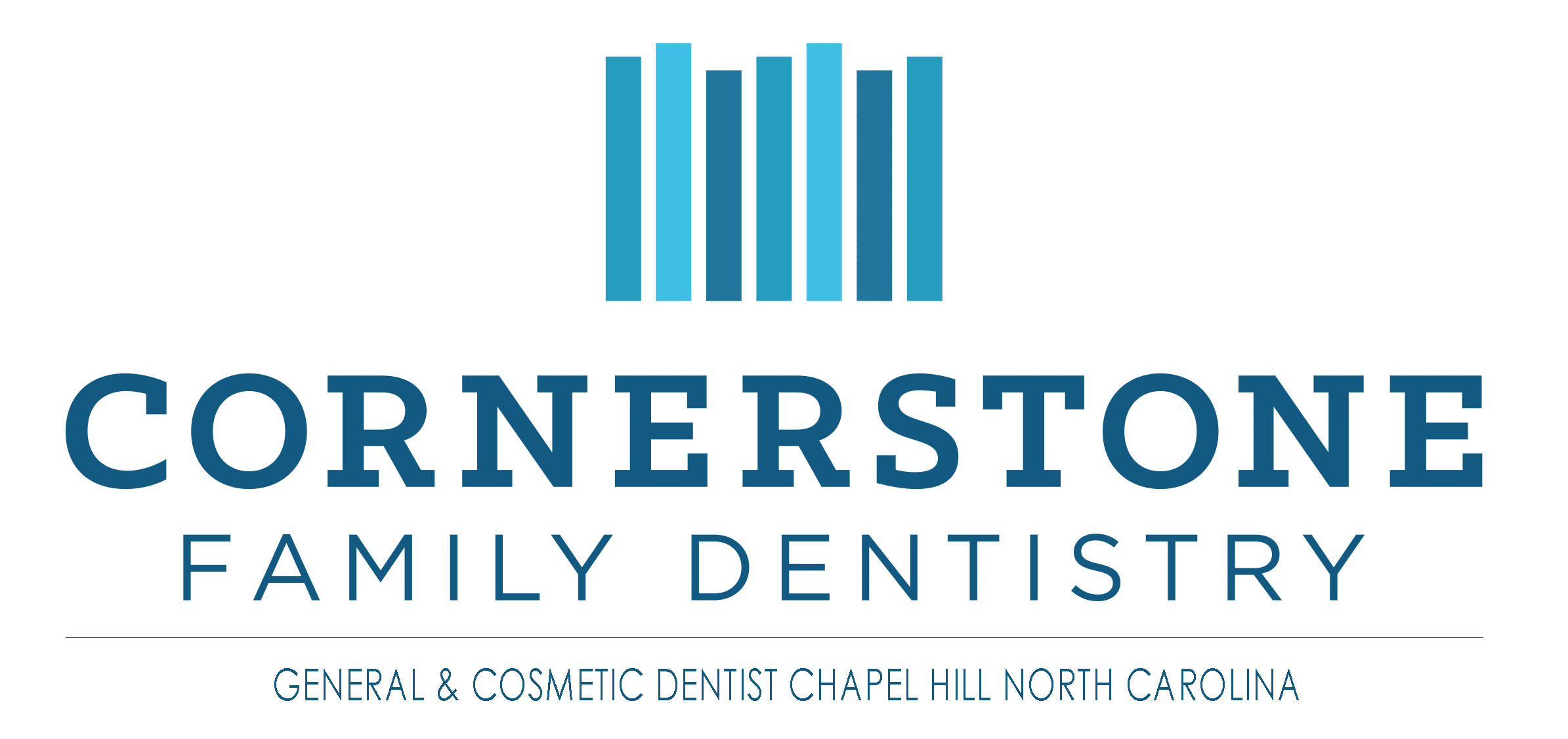Fix Cavities
Kinds of Cavities
Dentists can determine if you have tooth decay in several ways, including asking you about possible tooth sensitivity or pain, examining your teeth and mouth, probing the teeth to check for any soft areas, and by using dental X-rays. Using these methods your dentist will be able to determine what kind of cavity you have as well. The three types of cavities include, root, pit and fissure, and smooth surface.
Treatment for cavities
Regular dental checkups are an essential part of optimal oral health and can help identify cavities and/or other dental issues because they are even causing symptoms. If you do have a cavity or any other dental issue, the sooner it is treated the more likely your success will be for reversing tooth decay in its early stages. If treatment for a cavity happens before there is any associate pain, the likeliness of needing further or extensive treatment is very minimal.
Treatments for cavities will depend on the particular condition and how severe a cavity is. Treatments vary and can include fluoride treatments, fillings, crowns, root canals, and tooth extractions.
Fluoride treatments are used most often to treat a cavity that is in its earliest stages. Professional fluoride treatment contain an effective amount of fluoride and might be a gel, liquid, foam and/or a varnish that is brushed on teeth or placed in trays fitting around your teeth.
Fillings are the main treatment used for a cavity that includes decay that has moved beyond the early stages. Also known as restorations, fillings consist of different kinds of materials, such as porcelain, composite resins (tooth-colored), or amalgam that is actually a mix of various materials.
Crowns, which can be made of porcelain, gold, resin or porcelain that has been fused with other materials, are custom-formed to cover and replace the natural crown of your own tooth. The dentist drills the decayed area away for the right fit, and then places the new crown.
Root Canals are used when decay has reached the tooth pulp. This treatment is used for repair of a seriously infected or damaged tooth to avoid full extraction. The diseased or damaged pulp is taken out, and sometimes medication is used in the root canal for clearing infection. Then a filling is used to replace the pulp.
Tooth Extraction is usually a last resort and used only when a tooth has become so damaged or decayed it has to be removed to prevent further issues. Often a gap is left from extraction and this can allow for shifting of other nearby teeth. So, often dentist will suggest an implant or bridge as well.
If you are having any sensitivity or pain in your teeth or mouth, seek dental care as soon as possible. To get ready for your appointment you can be ready to communicate with your dentist by providing a list of any current medications and symptoms you are experiencing and be prepared to answer basic questions about tooth sensitivity and pain, as well as how often you brush and floss, and what kind of toothpaste you use.
Helpful remedies until your appointment
If you’re experiencing any pain you try the following:
- Over-the-counter pain medications (recommended by pharmacist or health care provider)
- Over the counter analgesic for soothing pain in the teeth and/or gums
- Warm water brushing of the teeth
- Tooth paste for sensitive teeth
- Warm mouth rinse to clean your whole mouth
- Avoid hot and cold beverages and/or foods and sweet or spicy food that could cause pain
